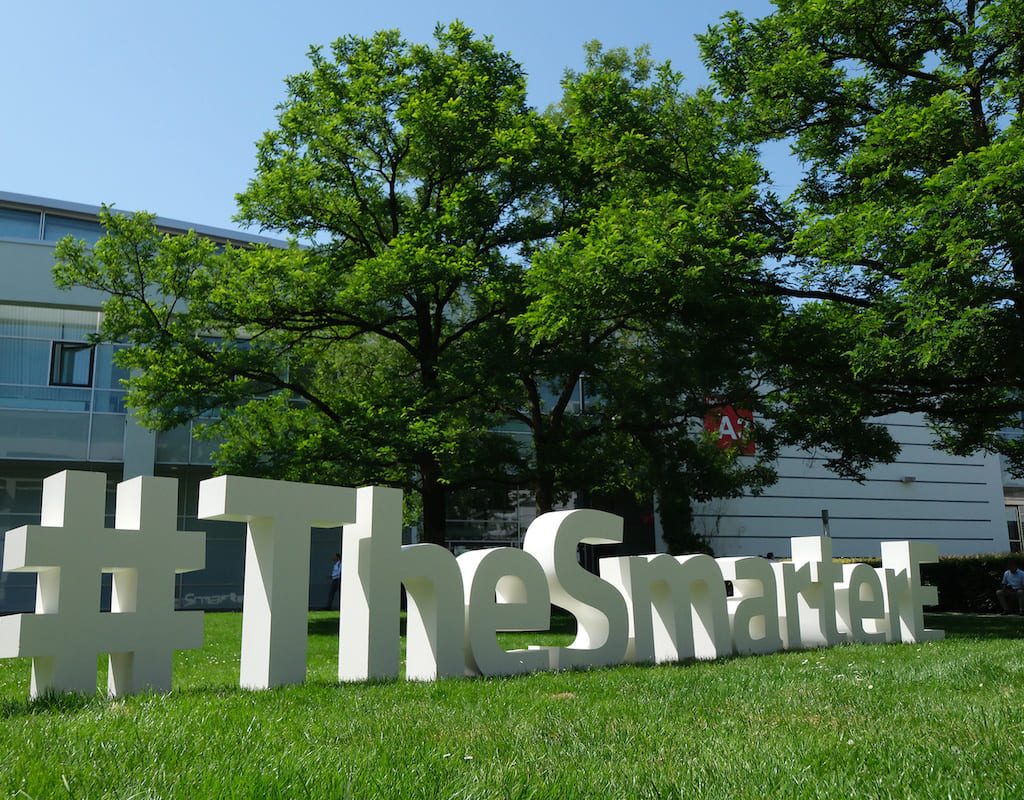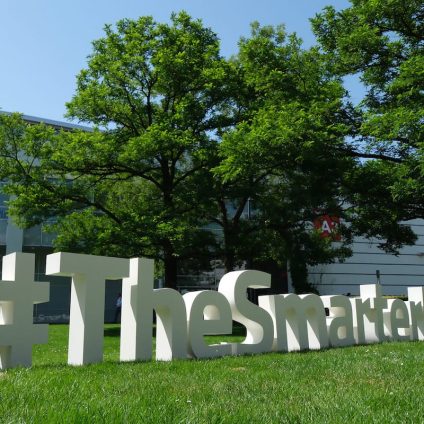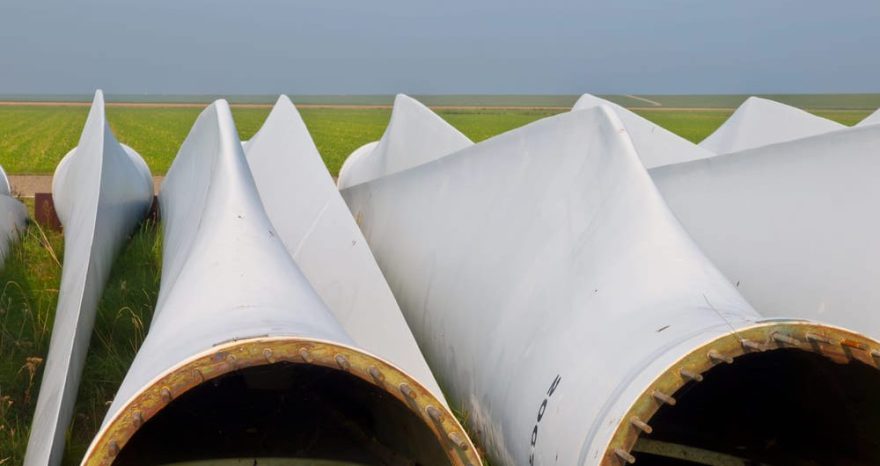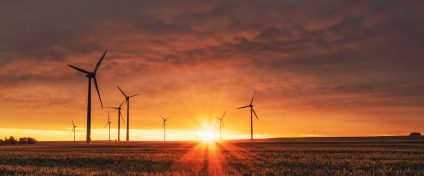We spoke with Horst Dufner, Head of The Smarter E Europe, to explore key trends in the renewable energy sector and highlight how the event has grown into a global benchmark for innovation and sustainability.

The Smarter E Europe continues to grow. Last year’s edition set new records, confirming the event as a global benchmark for the energy transition.
What’s fueling this momentum? And how is The Smarter E Europe 2025 evolving to reflect the latest industry shifts?
Since our Managing Director founded the predecessor to today’s Intersolar Europe in 1991, we have been committed to the vision of a clean, safe and sustainable energy supply. The event has always reflected the rapid development of the industry: we first introduced ees Europe in 2014 in light of the increasing importance of energy storage systems for the energy transition. We then went one step further: The smarter E Europe exhibition alliance aims to take a cross-sector approach, because full implementation of the energy transition must also take place in the heating and transport sectors. The success of our event offering is due to this integrative concept.
The renewable energy sector, and thus The smarter E Europe, is currently experiencing a strong momentum with great development potential, which began with the energy crisis following the war in Ukraine and then continued primarily based on the low generation costs and high availability of renewable technologies.
At the same time, the industry is undergoing a profound transformation, which we are addressing this year with the organization of our event. Under the motto “Accelerating Integrated Energy Solutions”, we are therefore bringing together players who are contributing to the creation of a renewable energy system that works reliably around the clock.
Technology is moving fast, from next-generation solar cells to advanced battery solutions and green hydrogen breakthroughs. Which innovations will shape the future?
One of the biggest trends in 2025 will be the expansion of battery storage. These systems are critical for stabilizing the grid and efficiently integrating renewable energy. Furthermore, the industry is increasingly focused on digitalization and flexibility solutions to optimize the integration of renewable energy into the grid. Smart grid technologies, demand-side management and advanced forecasting systems will play a crucial role in balancing supply and demand, especially as renewable energy sources like solar and wind become more prevalent.
In solar cell development, the market launch of silicon perovskite tandem solar cells is eagerly awaited. With efficiencies of up to 45%, they could take solar energy to the next level of efficiency and cost-effectiveness. Alternative land use technologies for PV such as agri-PV, floating PV and parking lot PV continue to gain in importance with regard to solar expansion targets.
AI is being integrated into energy management, grid optimization, and demand forecasting. Is this a fundamental shift, or just an efficiency boost within existing systems?
AI-controlled applications have great potential in the energy sector to drive efficiency increases and automation to such an extent that important human resources are freed up for other tasks that AI cannot perform. After all, the demand for skilled workers for the energy transition is enormous. This is what is actually revolutionary about the use of AI: it can take over time-consuming and error-prone data evaluations, while system engineers, among others, can turn their attention to more complex tasks. This is particularly true in the area of operation and maintenance, where large amounts of data need to be processed and checked for the smallest deviations.
Ensuring a continuous, fully renewable energy supply is one of the industry’s biggest challenges. Have we reached a turning point, or are key obstacles, like storage and grid integration, still limiting large-scale deployment?
The current challenges facing the industry must be seen as an opportunity. For some time now, it has become increasingly clear that a system change is needed to promote an energy system based on renewable energy sources and to integrate ever larger quantities of renewable electricity. The slow expansion of storage and grid capacities, the lack of grid integration, the sluggish electrification: the traffic light for the energy transition is currently amber – this warning sign must now act as an accelerator for decision-makers. Because only if the right framework conditions are created now and the right adjustments are made can the energy transition as a whole succeed and a 24/7 supply of renewables be achieved. The industry definitely has the solutions for this, the market is ready and from a climate policy perspective, 24/7 renewables are an imperative anyway.
Europe has led the clean energy transition. Can it maintain its edge?
An important step is to bring the production industry back to Europe. To do this, we need a functioning economic ecosystem in which all production steps take place on European soil. We are still world leaders in research – this must lead to a successful industrial policy where European patents for innovative technologies are also produced in Europe. Europe will remain one of the leading markets for renewable energies. With the European Green Deal, we have one of the most ambitious targets in the world for implementing the energy transition and carbon reduction in the economy and society. Nevertheless, cooperation is the order of the day both for Europe and for other regions of the world – and Europe’s cooperation with China and the USA on renewable energies is the only sensible way to get closer to our global goals.
Falling module costs have made solar energy more accessible worldwide. But for European manufacturers, the race to the bottom is squeezing margins and threatening long-term innovation. Is there a path to balancing affordability with sustainability?
The considerable cost reductions in solar technology were an important economic success that finally made solar energy a system-setting energy source. Price reductions for battery storage systems have also made the technology suitable for mass production, as was urgently expected.
We believe that the industry will undergo a fundamental change as a result of the price war, in which innovations will play an increasingly important role. In addition, price-determining framework conditions such as transportation costs are constantly changing, which can lead to an improved position for European manufacturers. In Europe, it would be important to treat and promote the renewable energy sector as a key technology – unfortunately, this is currently not happening to a satisfactory extent everywhere. Implementing this as a priority: How can stable framework conditions contribute to improved investment conditions for manufacturers?
Fast forward to 2030: If you had to describe the energy landscape in five years with three words, what would they be?
Interconnectivity, integration, flexibility












